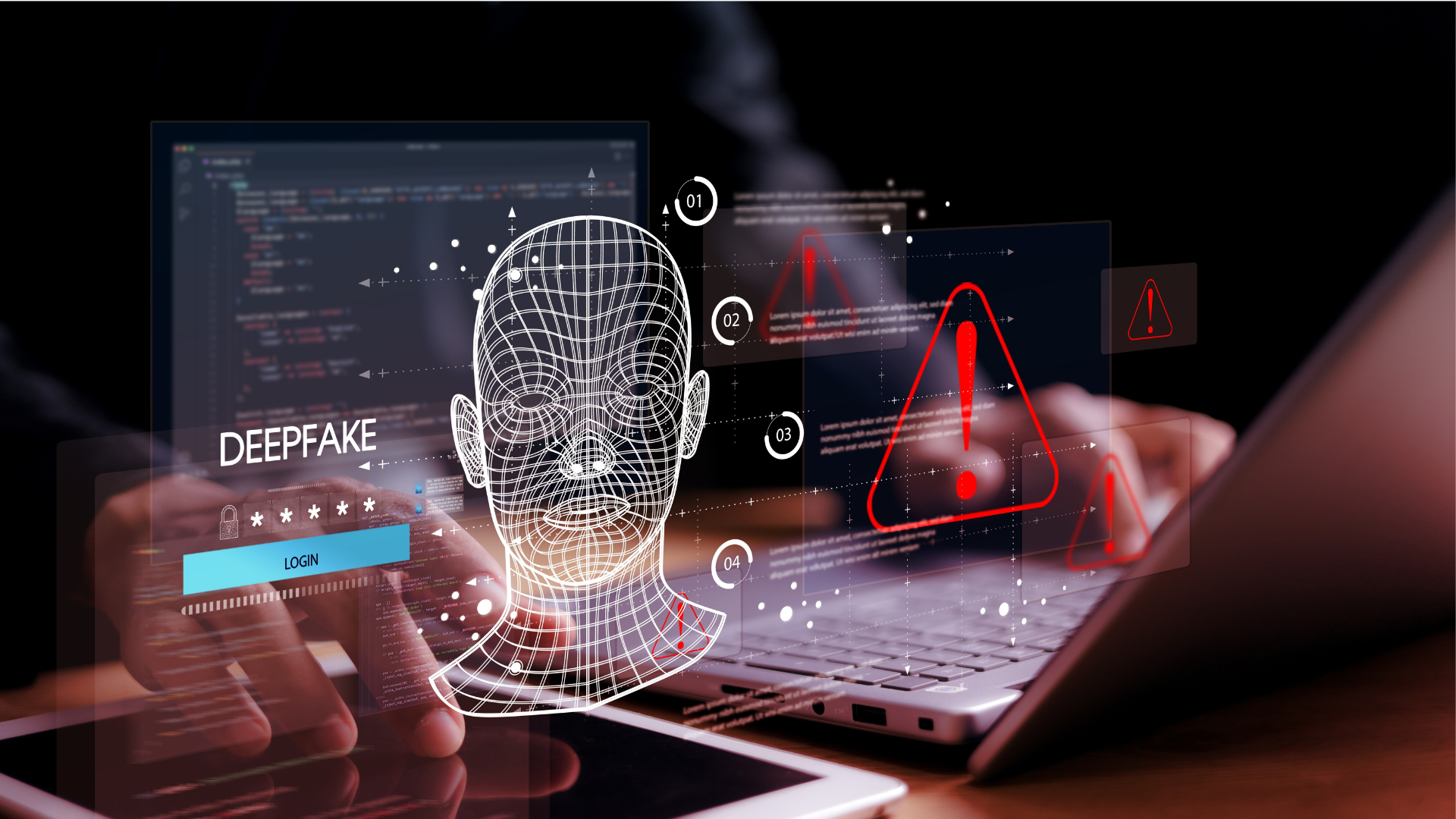Impact of AI and Phishing in Investment Sector

Phishing and impersonation attacks are significant cybersecurity threats in the investment sector, and the rise of artificial intelligence (AI) is making them even easier, scalable, and impactful. AI enables cybercriminals to conduct more targeted, convincing, and sophisticated attacks, putting financial institutions and their clients at higher risk of financial loss and reputational damage.
AI-Enhanced Phishing in the Investment Sector
AI allows attackers to craft personalized phishing emails by analyzing publicly available data, such as social media profiles. These emails can mimic the tone and language of trusted investment advisors, making them appear legitimate. AI-driven phishing campaigns are especially effective in the investment sector, as clients are often tricked into providing sensitive information or making hasty financial decisions.
Deepfake Technology in Social Engineering Attacks
Deepfake technology, which uses AI to create realistic audio and video content, is increasingly used in social engineering attacks. Cybercriminals can impersonate senior executives or financial advisors, manipulating employees or clients into transferring funds or sharing sensitive data. The authenticity of deepfakes makes it challenging to distinguish between legitimate communication and fraudulent attacks.
Statistics
- Phishing attacks targeting financial institutions increased by 55% in 2023 (MCMC).
- Over 60% of Malaysians received phishing emails related to investment schemes, with 30% clicking on malicious links (Kaspersky).
- AI-driven investment scams led to a loss of RM 18 million in 2022 (Cybersecurity Malaysia).
- Deepfake scams in the financial sector caused RM 25 million in losses in 2023, a 200% increase from the previous year.
How to Avoid These Threats
Warning Signs Of Phishing Scams
Phishing scams use language that tricks users into providing personal and financial information. Take caution with emails and texts that contain:
1. Be Wary of Urgent or Threatening Language
Phishing emails often use scare tactics, like saying your account will be locked or your personal information is at risk. Legitimate companies will not pressure you into urgent actions.
2. Hover Over Links Before Clicking
Phishing emails often have links that appear to lead to a trusted website but actually take you somewhere else. Hover your mouse over links to see the true destination (URL) before clicking.
3. Don’t Open Suspicious Attachments
Phishing emails might include attachments that can contain malware or viruses. If you weren’t expecting an attachment or it seems odd, don’t open it.
4. Look for Grammar and Spelling Mistakes
Phishing emails often have spelling errors, awkward phrasing, or incorrect grammar. If the email seems unprofessional or has a lot of mistakes, it could be a phishing attempt.
Warning Signs Of Deepfake
1. Check the Source
Always verify the source of the video or image. Official news outlets or trusted sources are less likely to spread deepfakes. If the content comes from an unknown or unreliable platform, be cautious.
2. Look for Inconsistencies
Deepfakes can have weird details like unnatural blinking, strange lighting, or mismatched audio. Pay attention to these small clues that might give away that something is fake.
3. Use Reverse Image Search
If you come across a suspicious image or video, try using a reverse image search (like Google Images) to see if it’s been used elsewhere or if it’s linked to any known fake content.
4. Avoid Sharing Unverified Content
If you’re not sure whether something is real or fake, don’t share it. Spreading unverified content helps deepfakes gain more attention and trust, making it harder to distinguish what’s real.
Conclusion
AI-driven phishing and deepfake attacks are growing threats to the investment sector. Investment firms must implement advanced AI security systems and educate employees and clients on recognizing these evolving threats to prevent significant financial and reputational damage.
